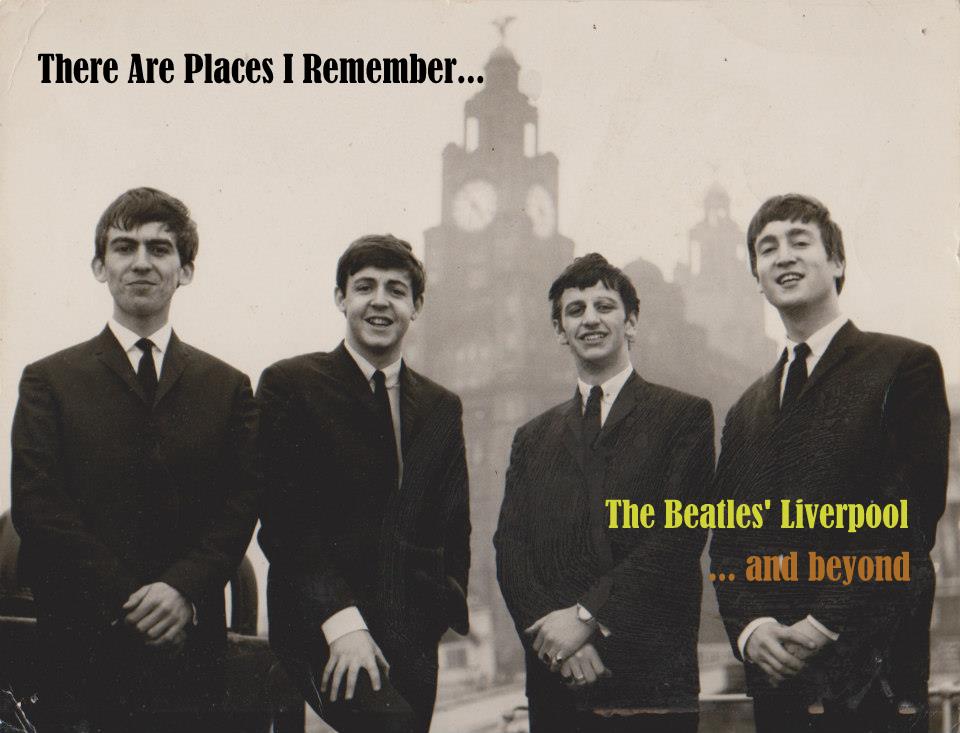The tragic death of George
Floyd in Minneapolis has led to a wave of anti-racism protests, not only across
the United States but the rest of the world.
The UK has seen thousands of largely
peaceful protesters massed for two days of demonstrations in London as well as
other cities including Manchester, Wolverhampton, Nottingham, Glasgow, Edinburgh
and Bristol.
The protest in Bristol culminated
in protesters using ropes to pull down the bronze statue of Edward Colston, a prominent
17th Century slave trader who has been the source of much controversy.
In life he was a member of the Royal
African Company which transported around 80,000 men, women and children from
Africa to the Americas to work as slaves.
In death he was a philanthropist,
his enormous wealth bequeathed to charities, churches and schools. A grateful
Bristol honoured his benevolence; naming dozens of buildings, institutions,
charities, schools, sports clubs, pubs, societies and roads after him.
The statue has been the source of endless debates over the last decade, with some pushing for it to be removed, arguing that its presence is a constant painful reminder of the slave trade while others have suggested an educational plaque be attached to the statue explaining Colston's involvement in it. Arguments over precisely what should be put on the plaque has caused the debate to drag on indefinitely and it is thought that the event which sparked the current demonstrations brought the matter to a head and people felt the need to take the statue down.
Like Bristol, Liverpool was a major
port for the transatlantic slave trade and it is intrinsically woven into the
city's history.
Indeed, by the 1740s, Liverpool was Europe's number one slave
port, surpassing London and Bristol.
By 1795 the city controlled
more than 80 per cent of the British slave trade.
It was common for ships used
for transporting slaves across the Atlantic to be built or repaired in
Liverpool. The blood of Africa was on every wharf.
An estimated one and a half
million Africans were forced to cross the Atlantic in Liverpool ships. At
least 25 of the city's Lord Mayor's were closely involved in the slave trade.
Liverpool's economy prospered as
a result and it set the foundations for future growth. As with Bristol, the city has retained many street names, statues, buildings and artwork connected to the slave trade and today they have become a contentious issue.
As I wrote in an earlier blog, around 2006 it was suggested that a number of these streets be renamed but the idea was eventually dropped, partly because it would have meant renaming Penny Lane, believed to commemorate the slave ship owner James Penny but today known the world over because of its fame as the title of a Beatles song. As a consequence it is a huge draw for tourists, and therefore plays an important part in the local economy.
In January 2020 the Daily Mail announced that Liverpool Council had decided to take a different approach by introducing signs on buildings and streets to make clear their connection with the slave trade. Rather than eradicate or whitewash history the idea was to give people 'an honest account' of how some of the wealth and prestige accumulated for the benefit of Liverpool was gained through the slave trade. The story was headlined:

A few short paragraphs later, and in contrast to the attention grabbing headline the article then goes on to say that there has been some debate about whether the street was named after James Penny with some historians questioning why the merchant would not be named after a more prominent city thoroughfare.
The motion was put before the Council at the end of January and received unanimous backing. Given the current pandemic little action has been taken since.
Following the events in Bristol the proposals came under renewed focus today in the Liverpool Echo and local media with the Mayor confirming that the plans were currently on pause but work on the project would definitely resume.
Cue another round of keyboard warriors commenting on the shameful associations between Penny Lane and the slave trade and how, despite these 'facts', there was no way the Council would change the name of the street because of the money they make from all the 'Chinese' coming in to see it.
In order to finally put out of its misery this limping dog of a news story which has been dragging itself across the pages of books, newspapers and internet forums for some time, my answer to the question, "Was Penny Lane really named after the slave merchant James Penny?"... is 'No'.
Here is a fabulous piece of detective work by Glen Huntley which I believe categorically proves why it was not: Click on the Link :







No comments:
Post a Comment